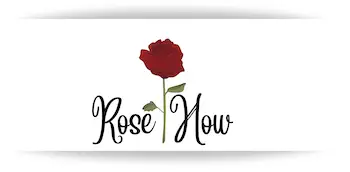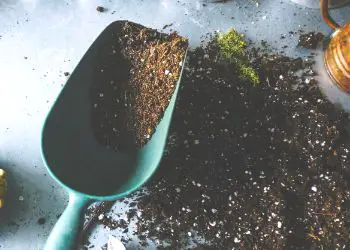So in this article, I’m going to go through the best loam soil for roses options that I’ve found as an avid rose grower …when it comes to choosing – or indeed making, the right soil.
I’ve tried a number of different types of loam and compost mixes for growing roses. And for me, they mostly do a great job. But you know how when it comes to your favorite plants, you kind of get a go-to formula that you know works. Well, that’s what I’ve found that works for me over the years.
Here’s the brief guide, then I’ll explain further.
The best loam mix for roses should include some topsoil, peat moss, and coarse sand or perlite. Pumice stone is also good. For mature roses use nutrient-rich compost with worm castings. But for young roses you need something that won’t burn them, so opt for lower nutrient compositions.
Maybe you already knew that? In which case, great. For new rose growers, maybe it isn’t quite so obvious, so let me explain further…
You could go on to add other components like crab meal, kelp meal, worm castings, coco coir, or more perlite. It all depends on what you’re growing, how well you want it to grow, and how technical you want to get with the soil.
I tend to stick to some main brands that I know work pretty well for me. You could go for more of a lobster mix for example that contains more calcium, which is great for fruit like grapes, and vegetables, such as broccoli, cabbage, or peppers,
I may add a bit of hydrogen mix occasionally (at the right times) but mainly just work on getting my soil nice and loamy. Anyway, I digress, here’s the soil I like to use for my roses.
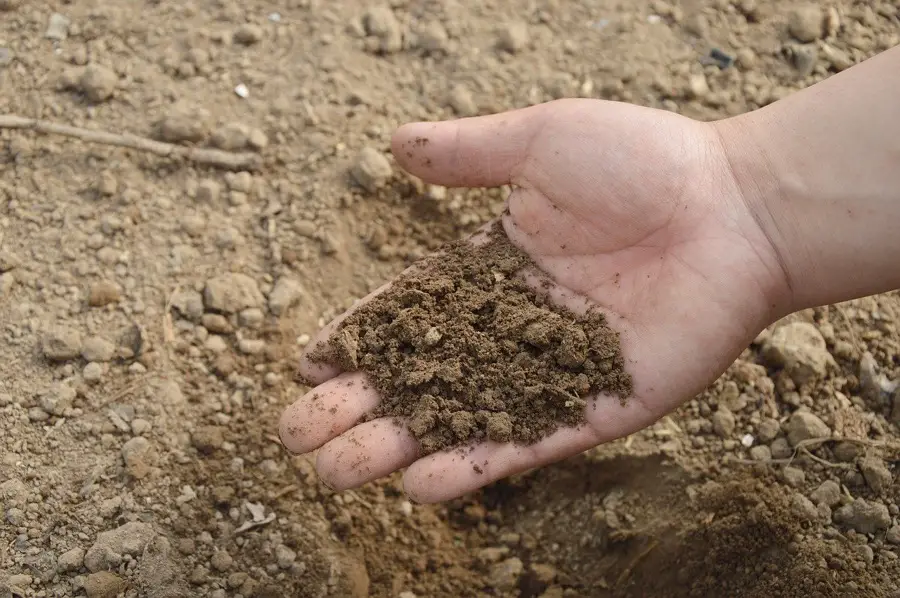
Best loam soil for mature roses
But for planting mature roses in pots, I tend to go for this one every time.
It’s loamy, which is exactly what I want. But it’s good quality and, well, you want the best roses in the neighborhood right?
It’s actually a good all-purpose compost, but I use it because it has high amounts of organic material. It includes peat moss, perfect for drainage, plus compost and earthworm castings, which provide the nutrient density I like.
It contains Perlite and pumice too that don’t break down too quickly and so can maintain good drainage through the soil. I just find it gives me a great yield each time.
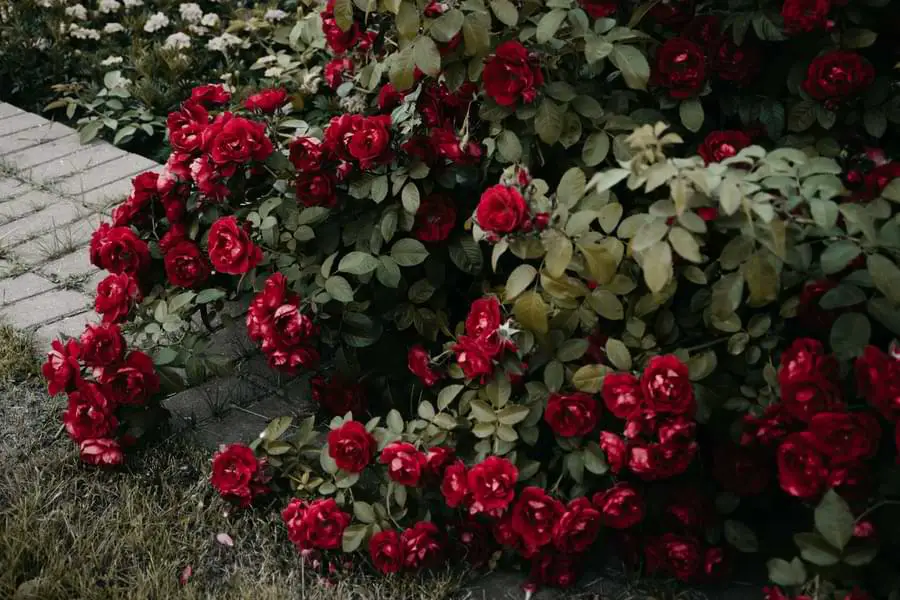
It’s formulated mainly for western regions. But as it has high nutrient content, I wouldn’t use it for young plants or seedlings as it might burn them.
Black Gold all organic potting soil
And for fertilizer, I tend to use the one below. I also use my favorite compost for roses.
Granular plant food for flowers and roses
As well as the items on my tools and resources page.
Best loam soil for new, or young roses
For young roses, again many of the types of compost you get from your nursery or garden center would do well, particularly those dedicated to young plants.
I like a similar combination to that for my mature roses, but with less content that might burn them in their delicate early stages.
For that reason, I tend to go for compost with a lower organic matter.
Sandy Loam soil – image source: USDA Employee, Wikimedia Commons
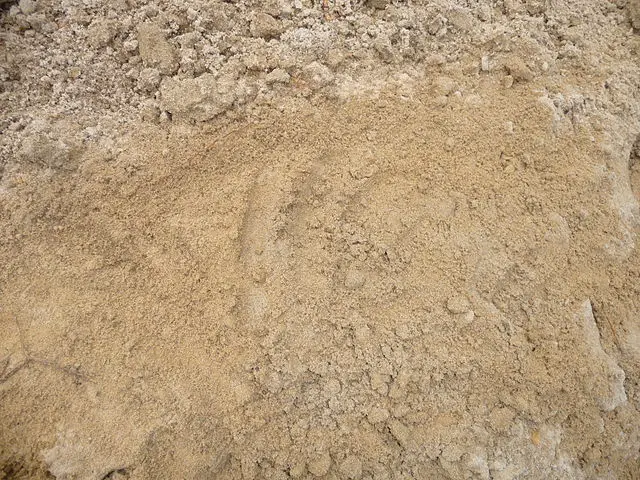
Don’t mistake miniature roses for small new roses. For soil around miniature roses, you need my other guide on the best soil for miniature roses.
Making your own loam soil for roses
Here’s the technical composition of what most people would consider loamy soil:
- Sand: 52% or lower
- Silt: 28% to 50%
- Clay: 7% to 27%
Clay can be sticky and “claggy’ though and seems like it doesn’t drain as well to me. So I tend to use less clay and more sand and silt.
Easy recipe for making “loamy” soil at home!
This combination includes the kind of materials you’re likely to have available as a gardener. Simply combine the following ingredients:
- 1 part topsoil (garden soil)
- 1 part peat moss or compost
- 1 part coarse sand or perlite
As I mentioned earlier, to help get the best loam soil for roses, you can add a little clay too if it’s available, but just not too much.
If you’re new to using perlite, then maybe it’s time to make a start for your roses – it’s ideal!
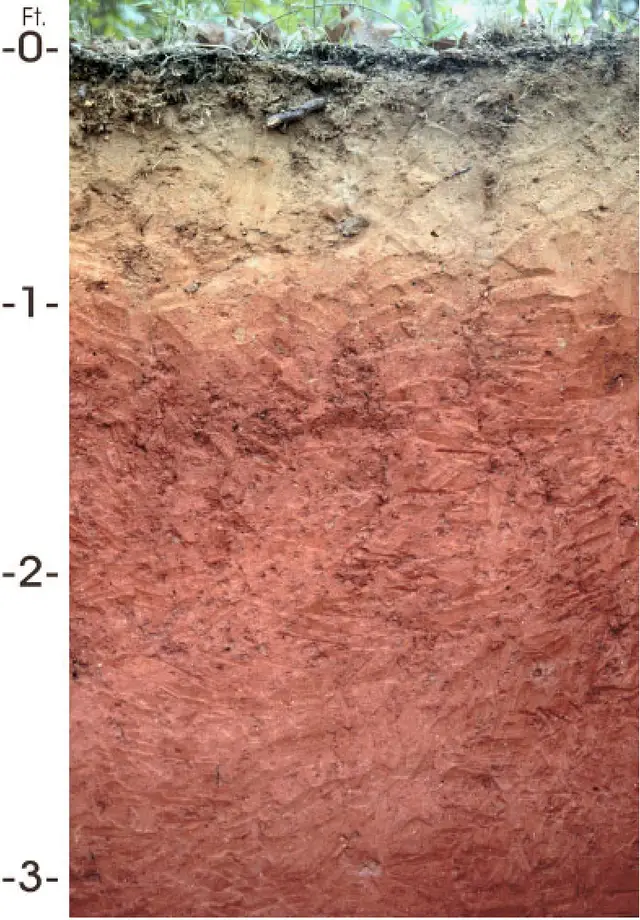
Perlite is a volcanic rock that has previously been superheated and then it has cooled. You may have seen some volcanic rock in the past. It’s very lightweight and retains water very well, making it ideal for use in soil mixes.
But you don’t want the soil to hold too much water. So make sure your roses have enough drainage.
You can do this by adding a layer of gravel or coarse sand evenly around the base of the planting hole prior to adding your rose bush. This will help provide plenty of drainage for excess water.
Image source: USDA Employee, Public domain, via Wikimedia Commons
“Three layers of subsurface loam; surface layer is dark brown fine sandy loam, subsurface layer is pale brown fine sandy loam, subsoil is red clay loam and sandy clay loam.”
The ratios are a guide only, and it largely depends on what you have to hand, So you can add a bit more of one or another ingredient to adjust the mix. These are generally the proportions you’ll want to want to aim for. Mix your ingredients together thoroughly.
Here are some further posts you might be interested in:
Best loam for roses ~ More help 🌹
That’s it, that’s my take on the best loam soil for roses, I hope it helps.
If you’re on your own journey for growing roses like I am, then check out my other articles, or for the best start, check my recommended tools and resources list so you have everything you need to start growing some fabulous blooms yourself.
Here are my recent posts…
- The Meaning of Red Roses: Love, Lore, Relationships, and More
- Where Do Roses Grow? Locations, Climate, and Requirements
- My Knockout Roses Look Terrible! Here’s the Problem! [Fixed]
- Best Pots for Roses: Types, Pros, and Cons, Which Is Best
- Can Climbing Roses Grow in Shade? Yes, Grow These Two!

Hi, I’m Michael. My passion for roses was sparked a few years ago after visiting a dedicated community rose garden. So Rosehow.com represents my take, my learnings, and my help for anyone looking to grow, be proud of, and harvest roses.
